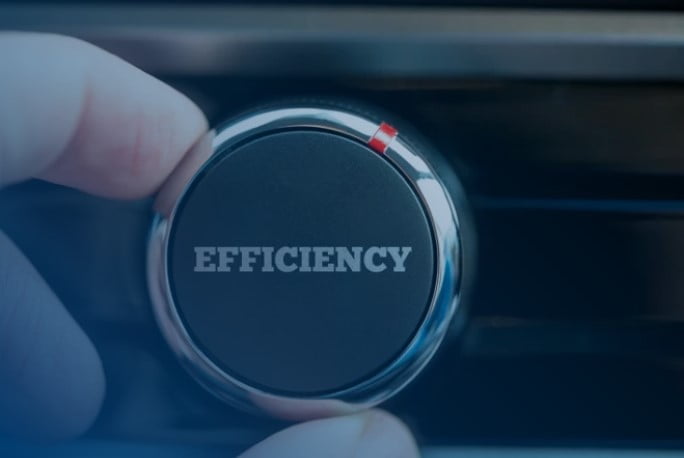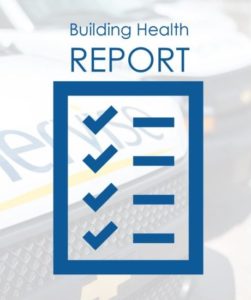The New Trend Changing the Way We Control?
As a facilities manager you don’t deal with just one set of demands when it comes to meeting the needs of your building’s occupants. It’s not simply a matter of providing a comfortable working environment or a safe and secure workspace or an efficient and economic facility. You’re expected to deliver all of the above at the same time.
In days past your building’s HVAC, lighting, and energy management systems operated independently of access and security controls. That’s no longer the case. Today the expectation is that your building systems will know when occupants are present and will adjust accordingly. But how do you make that happen?
It requires integration of your building’s various services and functions. With access control integration your building management controls “know” when staff and visitors are present and ramps up your HVAC and lighting systems accordingly—ensuring the most efficient use of utilities and operating wear and tear on systems. You don’t light, heat, or cool spaces that are unoccupied.
But access control integration does more. By tracking the run time, you’ll be able to schedule new maintenance and repair based on actual need rather than on a random schedule.
The same concept applies to security as well. Executives and management level personnel who work after hours or on the weekend can electronically “check in” with a card that confirms their identity and then turns on lights and heating or cooling for their specific space only. This assures comfort and flexibility and when authenticated after-hour workers “check out” the temperature settings will automatically reset to maximize energy savings—something that simple occupancy sensors can’t do.
The security systems that monitor and control access to buildings are (by necessity) much more sophisticated today. With access controls security administrators can manage credential enrollment, access rights and schedules, time and attendance, and alarm response from anywhere in real time by using a standard web browser, or mobile smart phone. And these new control systems have the ability of store, control, and even update thousands of credentials in real-time.
Another advantage of integrating access controls is that it gives security personnel the ability to monitor the whole facility from a single computer screen. Special attention can be focused on sensitive areas of a building. Access controls also provide multiple views based on the access rights of an individual user, which can eliminate false alarms or slack security that are deficiencies of “one-size-fits-all” systems.
The implications of integrated controls that include security are significant for a number of applications. Higher Education facilities view card access as a way to monitor students coming into and out of dorms, and of faculty entering classrooms. Integrated access controls allow facilities managers in healthcare, hospitality, and other businesses to provide comfort, security, and energy savings across their facilities.
The bottom line is if you are considering an upgrade to the controls of your building management system, you’ll want to make sure you take advantage of integrated access controls. Honeywell is an industry leader in this technology and offers an integrated building controller to provide access, HVAC, and lighting controls in a single system. Enervise is one of fewer than 49 Honeywell authorized (ACI) Automation Controls Integrators in the USA. We’re uniquely trained and equipped to be your trusted advisor and to provide integrated solutions for your facility.




